Scientists Who Went Insane Because of Their Own Discoveries
Scientific breakthroughs aren’t always celebrations of genius. Some come with unexpected personal fallout. The pressure to prove a theory, the backlash from peers, or even the sheer weight of realizing what a discovery means can crack even the brightest minds.
These scientists made landmark findings, only to spiral into collapse after the very work they were praised—or punished—for.
Ignaz Semmelweis Refused to Let It Go

Credit: Wikimedia Commons
Semmelweis figured out that handwashing could save mothers during childbirth, but the idea offended doctors of the 1840s. His colleagues mocked him. Instead of backing down, he grew more aggressive in pushing his ideas and called critics many names. Once rejected and ridiculed, he unraveled fast.
Werner Forssmann Used Himself as a Test Subject

Credit: Wikipedia
Hospitals perform heart catheterizations frequently today. Forssmann invented the technique. He numbed his own arm and fed a tube into his heart. The X-ray proved it worked, yet no one seemed to care. By the time he got his Nobel, he’d already lived through years of professional exile and public embarrassment.
Jose Delgado Tried to Control Minds With Remotes

Credit: inverse
Delgado once stopped a charging bull with a remote-controlled brain implant. His research in neural manipulation pushed ethical boundaries, and his ambition to control human emotion didn’t sit well with the public. Though he insisted it could reduce violence, the controversy swelled and his reputation collapsed.
Barry Marshall Drank Bacteria on Purpose

Credit: Wikipedia
Antibiotics are now a standard treatment for stomach ulcers. But in the ’80s, the idea that bacteria could cause them sounded ridiculous to most doctors. Barry Marshall drank a petri dish full of Helicobacter pylori. He got sick, then cured himself with antibiotics. He eventually won a Nobel, but the path there was paved with rejection.
Stubbins Ffirth Ate Vomit to Prove a Point
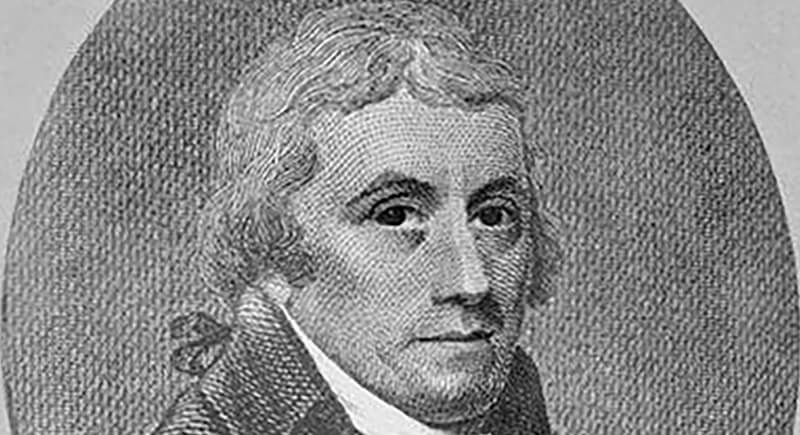
Credit: alchetron
Convinced yellow fever wasn’t contagious, medical student Stubbins Ffirth went to horrifying lengths. He smeared vomit into cuts, poured it in his eyes, and even drank it. Later research debunked his claim. Ffirth’s obsession with proving himself led to ridicule, and he faded into obscurity with his mental state questioned.
William Coley Watched His Work Get Buried

Credit: Wikimedia Commons
Coley noticed that post-surgery infections sometimes helped cancer patients. He created bacterial mixtures, hoping to trigger the immune system to fight tumors. Most doctors called it reckless, and his “Coley’s toxins” were dismissed. He kept injecting patients anyway, obsessed with being right. Years later, his ideas resurfaced as a foundation for immunotherapy.
Francis Peyton Rous Waited 55 Years for Validation

Credit: Wikipedia
Rous discovered that viruses could cause cancer—specifically, sarcomas in chickens. The idea was too strange for his peers, who rejected it outright. Still, he kept working in silence. Half a century later, the Nobel committee agreed. But by then, the years of being ignored had taken a toll.
John Nash Got Lost in His Own Equations

Credit: Wikimedia Commons
The math behind game theory earned Nash a Nobel Prize, but long before the accolades, his mind started slipping. He believed aliens communicated through newspapers. He thought he was a messenger from another world. Diagnosed with paranoid schizophrenia, Nash battled hallucinations for decades.
Jack Parsons Mixed Rockets With Rituals

Credit: Wikipedia
Parsons helped launch America’s space program and co-founded the Jet Propulsion Lab. However, he also practiced occult magic, believed in alchemy, and referred to himself as the Antichrist. His obsession with mixing science and mysticism alienated his peers. Eventually, he blew himself up during a home experiment under mysterious circumstances.
William Buckland Couldn’t Stop Eating Animals
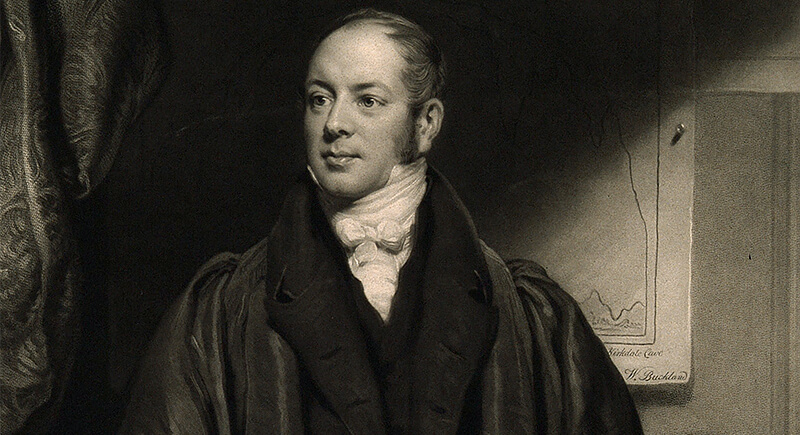
Credit: Wikimedia Commons
Buckland was a respected geologist with a bizarre appetite. He tried to eat one of every animal species—bluebottle flies, moles, sea slugs, even what he claimed was King Louis XIV’s preserved heart. He became fixated on bizarre dietary rituals. By the end of his life, Buckland’s mental health had declined severely.
Vladimir Demikhov Made Two-Headed Dogs
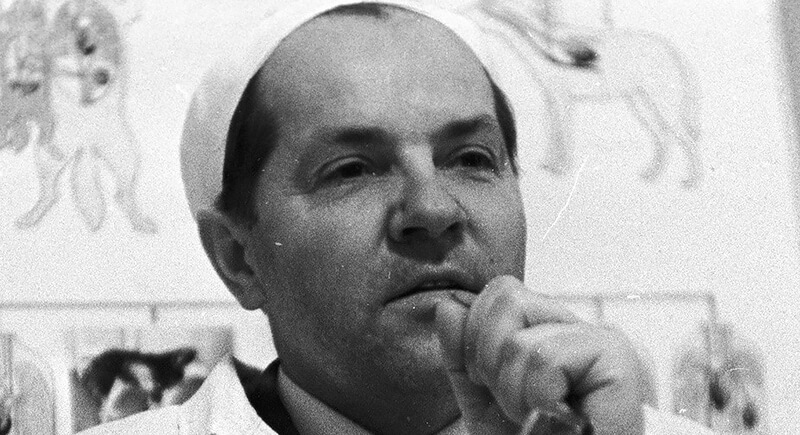
Credit: Wikipedia
Demikhov pioneered organ transplants, but his obsession with pushing boundaries led him to create dogs with two heads. He performed the operation over 20 times, yet none lived long. Soviet officials told him to stop, but he didn’t. The ethics backlash, along with his deteriorating public image, isolated him.
Ilya Ivanov Tried to Make a Human-Ape Hybrid
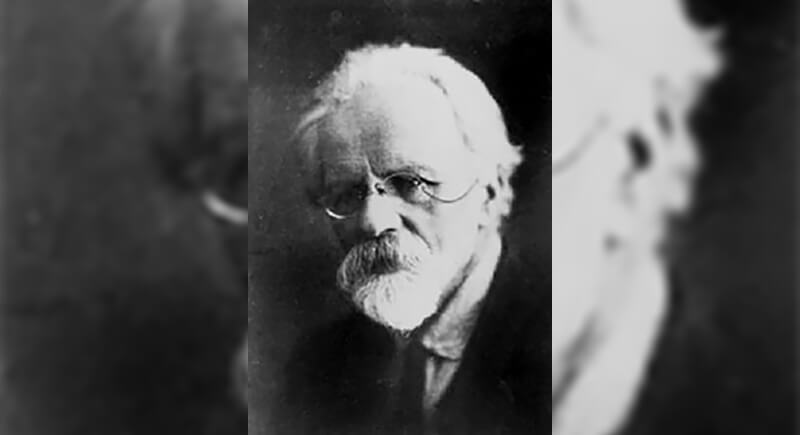
Credit: Wikipedia
This Soviet biologist specialized in hybrid animals. Mules, zebroids, even a bison-cow cross. Then he tried to make a human-ape hybrid. First, he inseminated female chimps. When that failed, he planned to use female humans as donors with chimpanzee DNA. Political support collapsed, and he was exiled before the project advanced.
Robert G. Heath Wired Brains for Pleasure
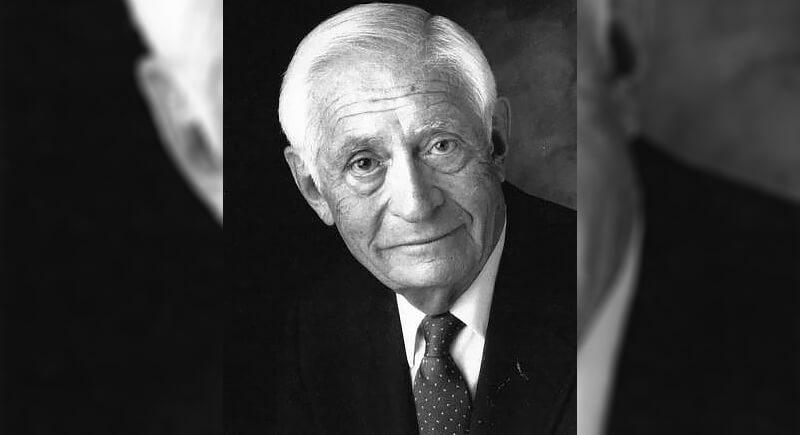
Credit: imgur
Heath implanted electrodes into people’s brains and zapped their pleasure centers. In one case, he claimed to trigger a 30-minute pleasure. His more infamous experiment tried to “convert” a gay man by pairing brain stimulation with intimacy from a female. The scientific community condemned his methods.
Giovanni Aldini Shocked Corpses in Public
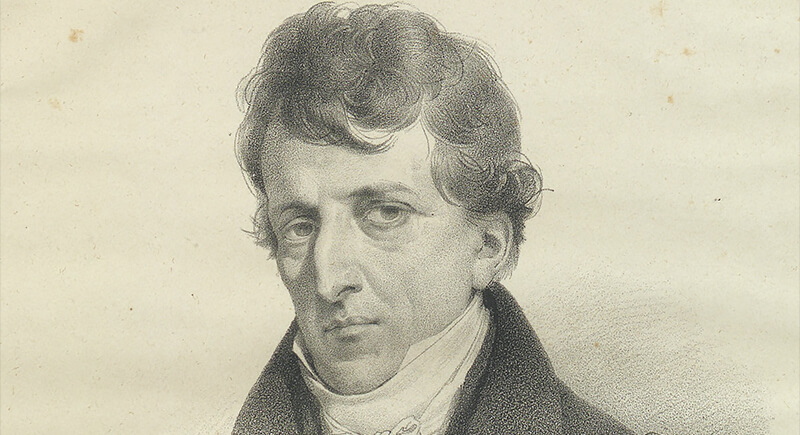
Credit: Wikipedia
Nephew of the inventor of the battery, Aldini, toured Europe electrocuting corpses to demonstrate the power of electricity. He made the dead twitch, sit up, and grimace, delighting crowds. Later in life, Aldini’s own mental health collapsed. Some historians suggest his fixation on reviving the dead consumed him completely.
Harry Harlow Built the “Pit of Despair”

Credit: IMDb
Harlow wanted to study love, so he raised monkeys in isolation chambers for years. He called them “Pits of Despair.” The monkeys emerged emotionally broken, with some exhibiting self-harming behavior. Harlow’s colleagues were horrified. Over time, his work became darker. Toward the end of his life, Harlow was drinking heavily and was reportedly depressed.